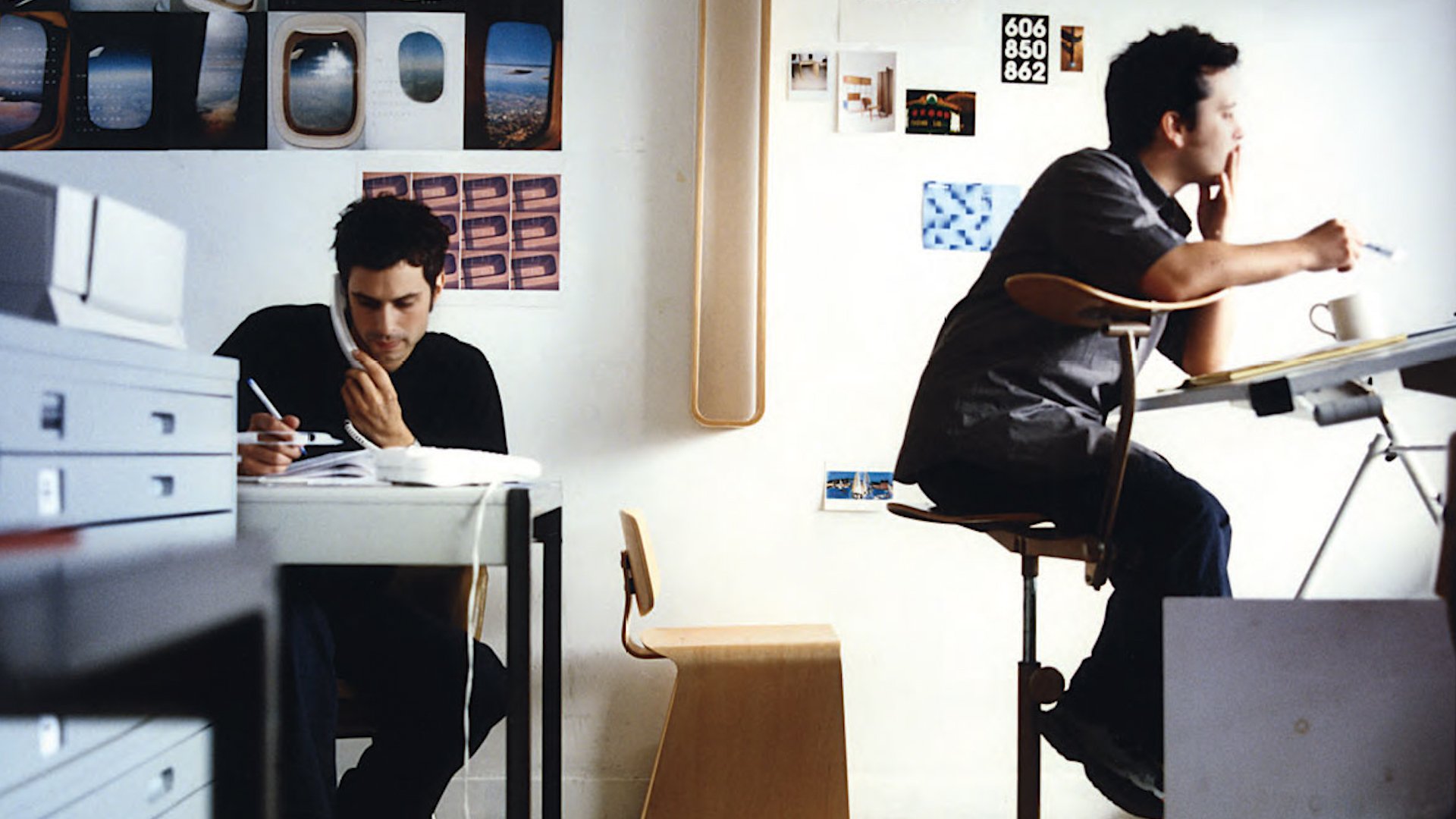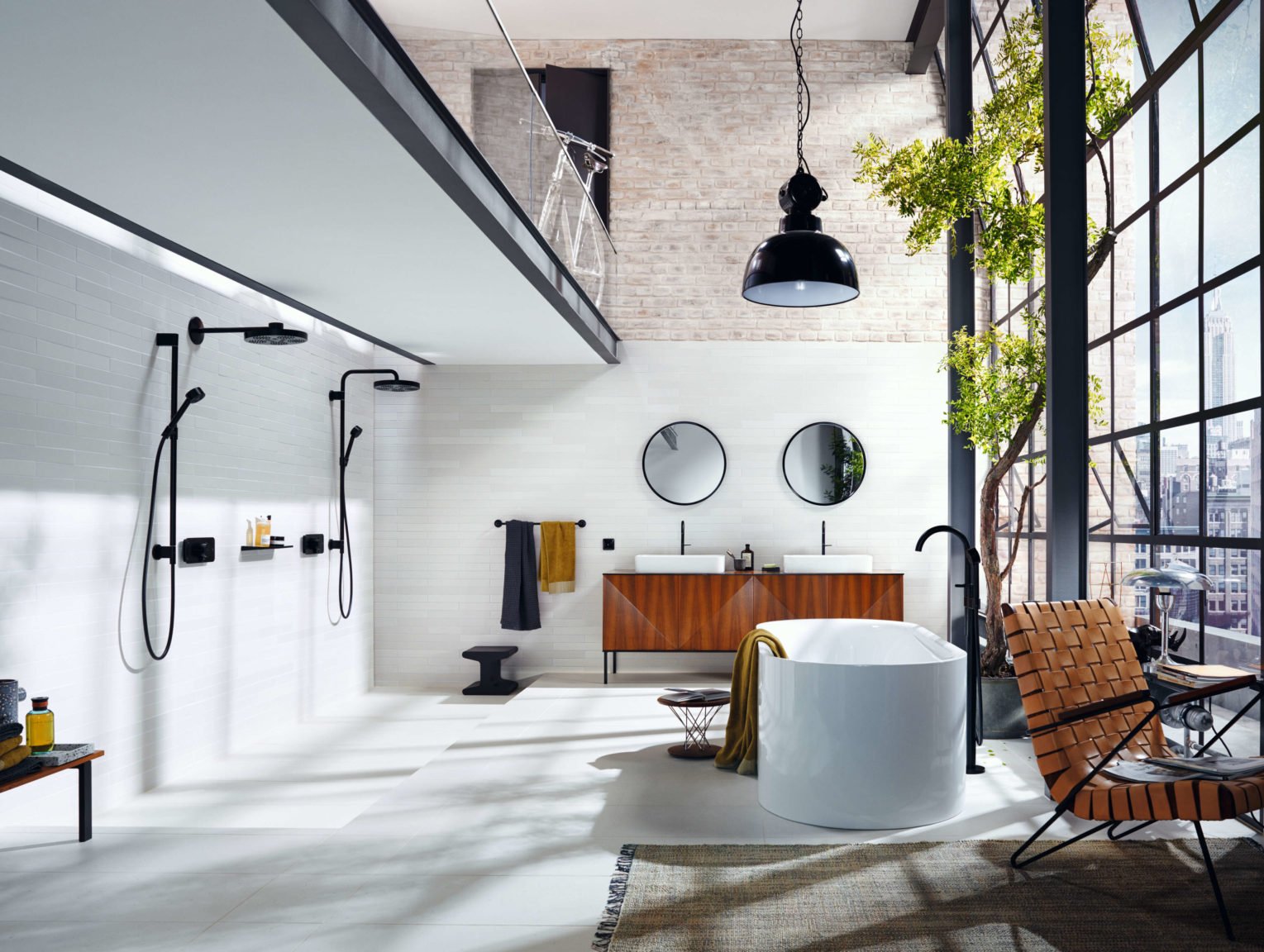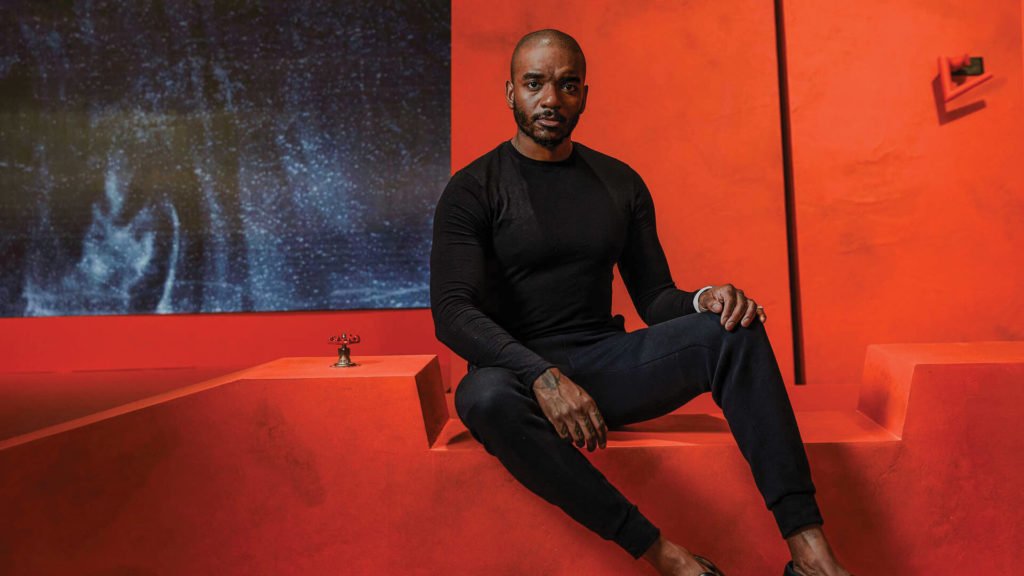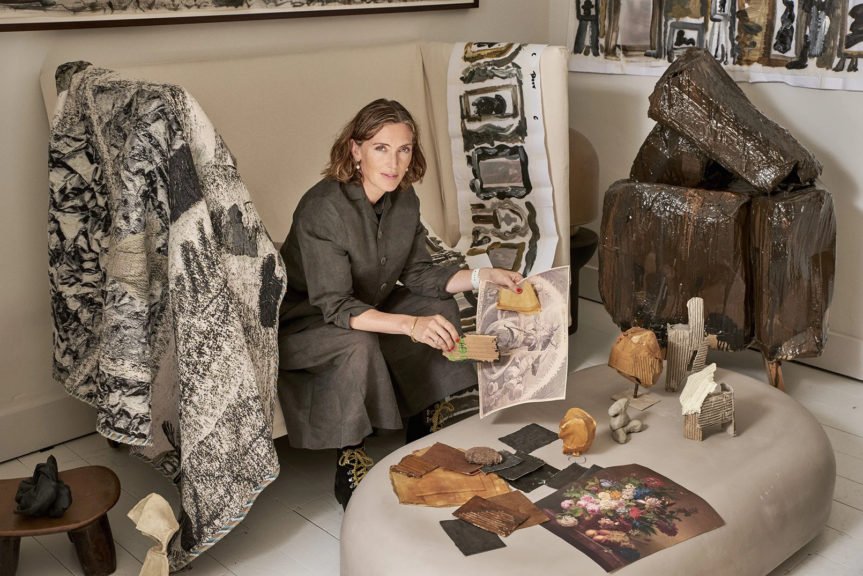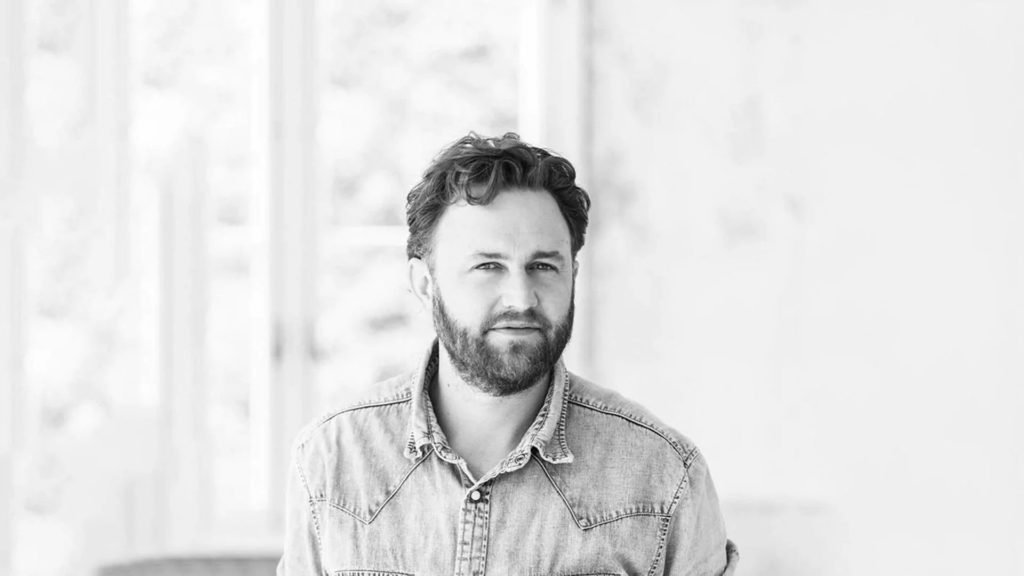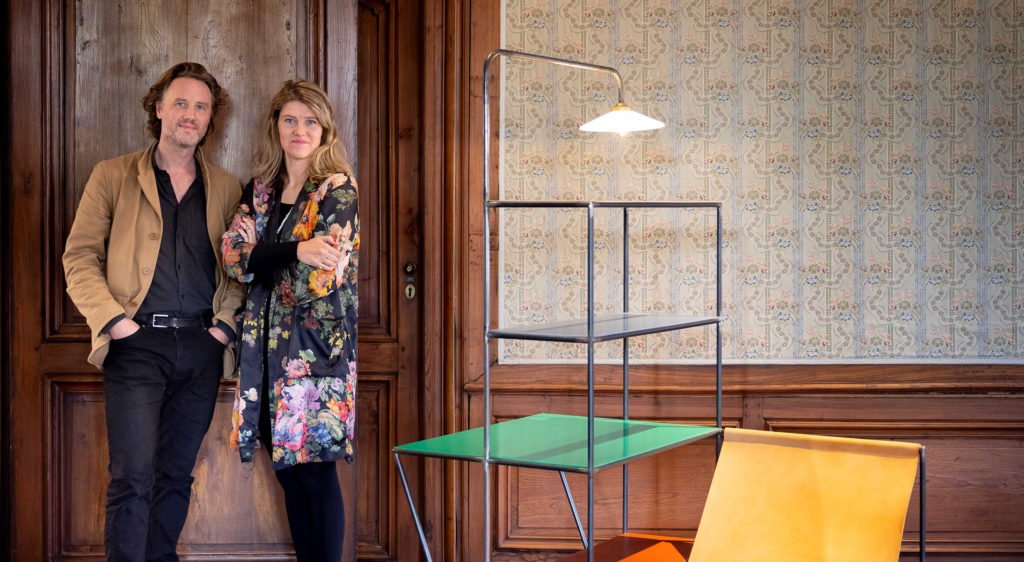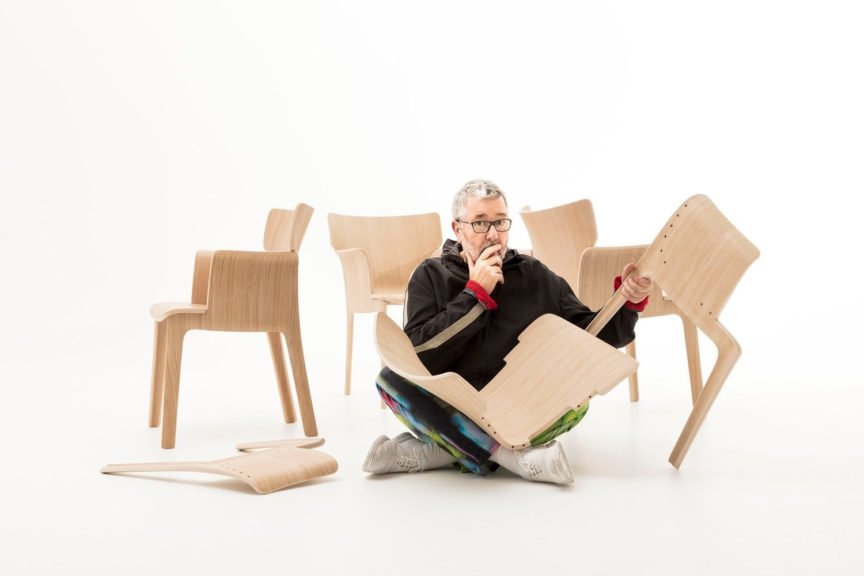Three diverse practices, two contrasting allies and one common goal: even in the throes of indecisiveness, Edward Barber and Jay Osgerby harboured an insatiable desire to explore every avenue.
The dynamic duo founded their acclaimed architecture and design practice, Barber Osgerby, out of Edward’s apartment, shortly after graduating in 1996. Collaborating for over two decades, they established Universal Design Studio in 2001, a creative consultancy for architecture, interiors, and exhibition design, followed by MAP Project Office in 2012, a strategy-based industrial design consultancy. Throughout their journey, their commitment to pushing the boundaries of design remains unwavering.
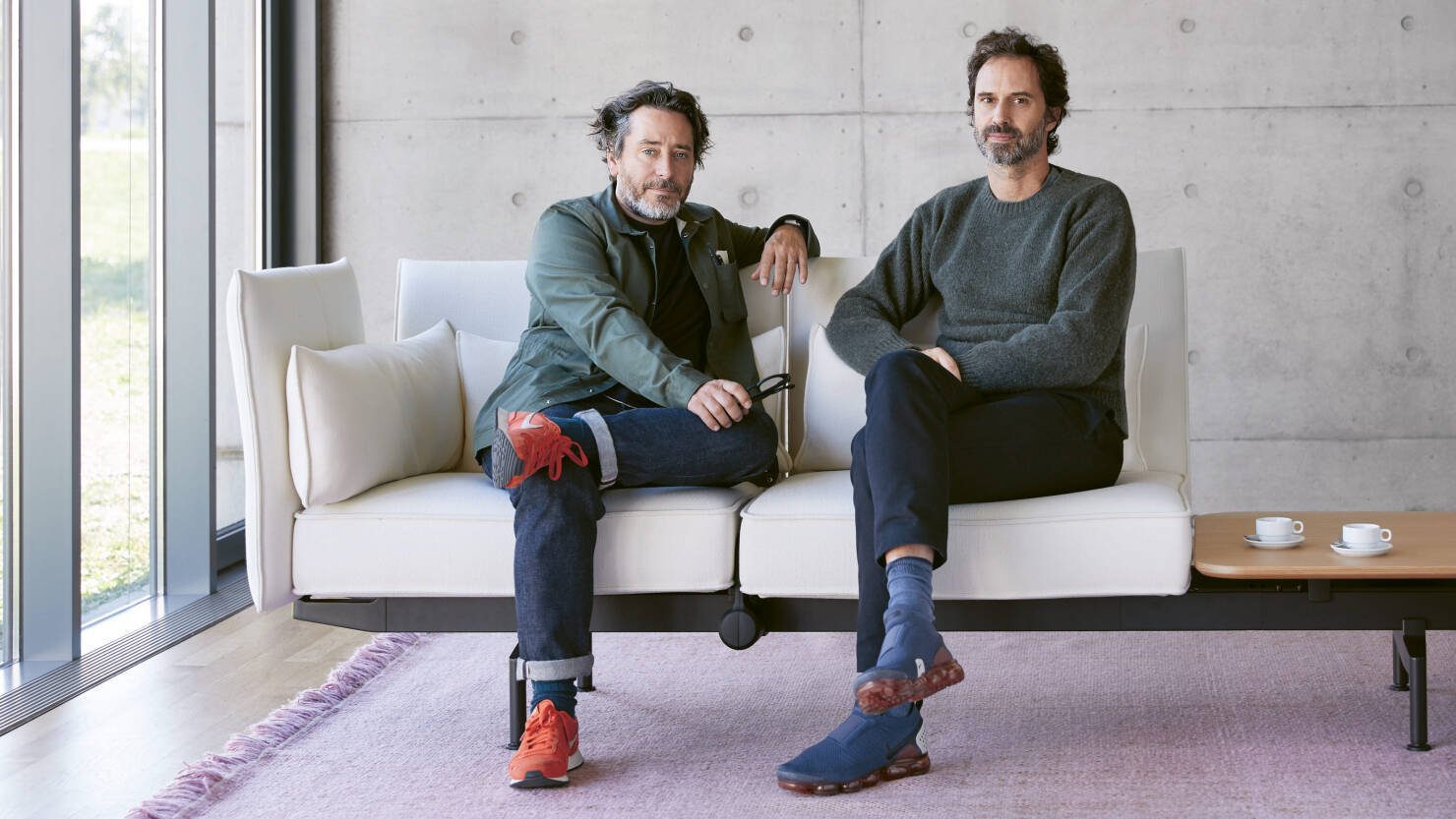
Thanks to their ‘yes, and…’ philosophy in life, Edward and Jay’s miraculous journey encompasses several accolades, including the title of ‘Royal Designers for Industry’ (2007) and a prestigious appointment to the Order of the British Empire five years later, in recognition of their contributions to the design industry.
While they are renowned for their notable large-scale installations like Double Space (2014) and Forecast at London Design Biennale (2016), their path is also adorned with lesser-known yet significant achievements, such as the Loop Table, the iconic Olympic Torch (2012), and most recently, the intuitive AXOR One collection.
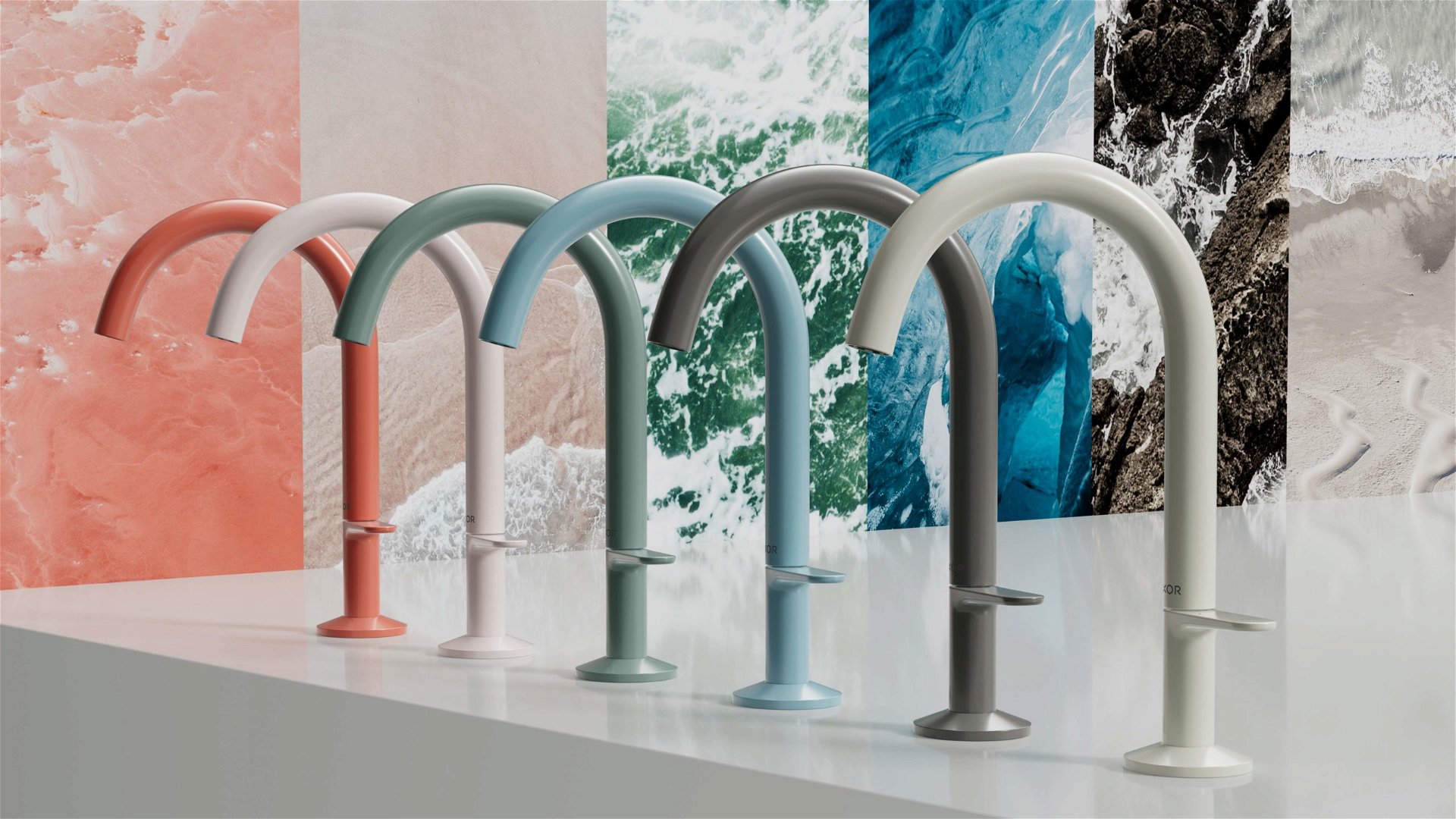
Clockwise: AXOR One; Olympic Torch 2012; Tab Lamp; Paris Shelves
Edward’s Moment of Epiphany
As a child, Edward enjoyed drawing and building things out of paper and wood. He reminisces, “I had this wooden sailing boat to go sailing. And in my inexperience, I would occasionally damage the boat and then attempt to fix it. Once, when I approached a boat builder, I witnessed him crafting a new timber boat. It was an incredible blend of design and craftsmanship. And at that moment, I thought I might like to do something in terms of design.”
Raised with two brothers, Edward thrived on investigation, exploration, and pushing the boundaries of whatever they were up to. Despite the occasional trouble they caused, he firmly believed curiosity was intrinsic to being a designer.
Edward and Jay’s friendship is rooted in a similar upbringing and a shared sense of humour. However, their professional partnership thrives on their contrasting personalities. While Jay excels in the business side of things, Edward is more focused on design and attention to detail. Together, their dedication to design innovation and the resulting clash of opinions ultimately fosters stronger design outcomes.
The Coming Together of Two Well-Synced Forces: A ‘fake it till you make it’ story
Reflecting on their first project, a bar restaurant in South Kensington in London, Edward confides, “Here’s a little secret… we may have slightly pretended to know what we were doing, even though we didn’t.”
He grins and adds, “There’s nothing that we would say absolutely no to. So when we were offered the bar design, we reckoned this was an incredible opportunity to work with a client, and we could probably get through it, and we did. Although we made some mistakes, the end result was extremely popular and lasted for at least 15 years.”
The project is also the birthplace of their iconic Loop Table. Originally crafted for storing ashtrays and magazines in a lobby, the design has since evolved into a modern classic, surpassing its initial function long after ashtrays were prohibited from restaurants.
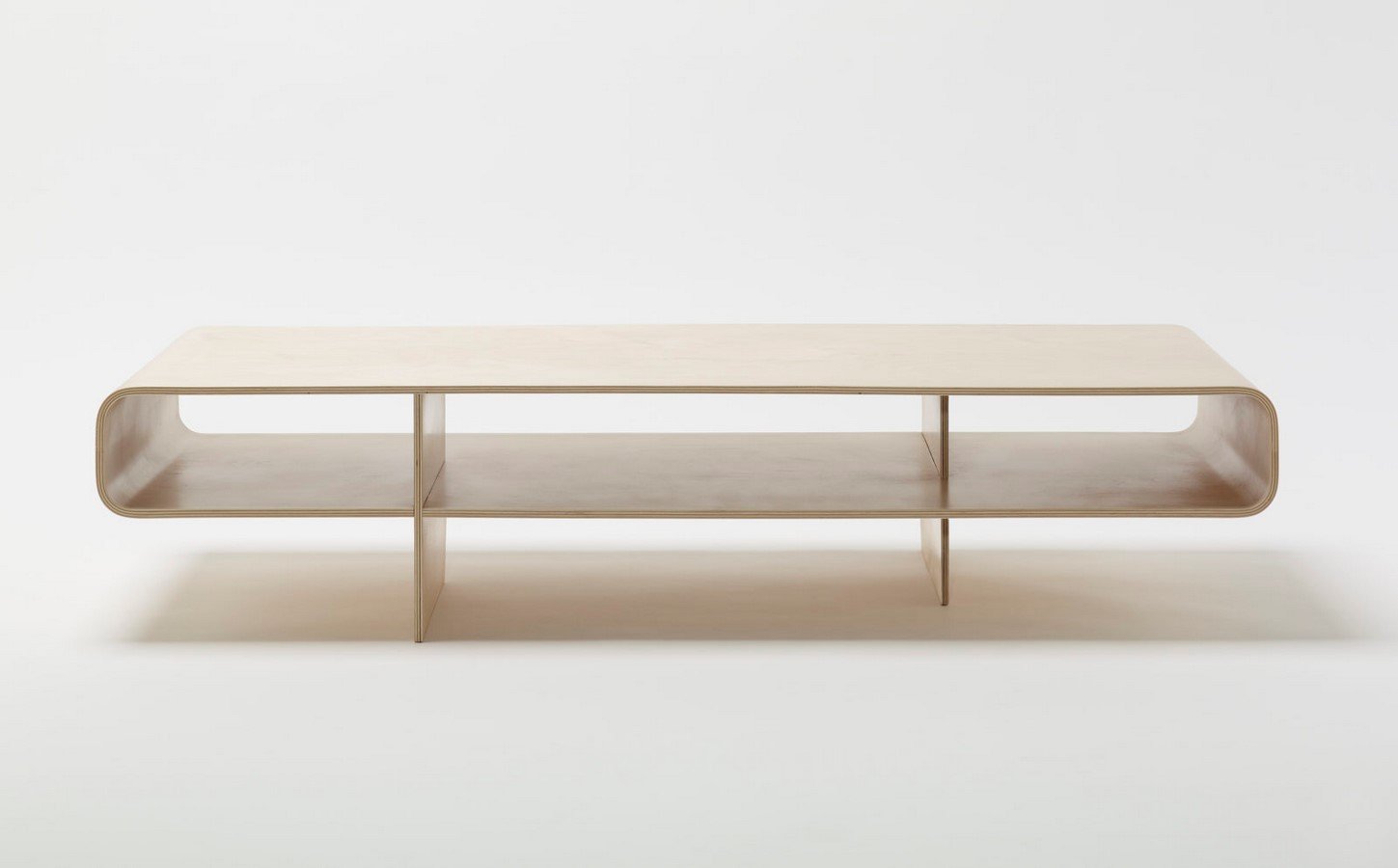
Loop Table, Isokon Plus, 1996, Photograph Courtesy – David Brook
The inspiration for the Loop Table stems from the duo’s experience living in London’s Trellick Tower during their student years. The Brutalist landmark deeply influenced their design philosophy, especially the concept of ‘design as the appropriation of space.’ Moreover, Edward’s nostalgic memories of wooden sailing boats were instrumental in shaping the table’s final form in plywood.
That wasn’t all for the Loop Table. It facilitates yet another adventure involving Giulio Cappellini, one of the top European furniture manufacturers of the time.
“So, this was before the Internet, when photography was on film. We sent out pictures of the table to various publications, and Wallpaper magazine picked it up. From there, we ended up designing a stand for Wallpaper at the London Design Fair, with the table in the middle of the stand. And it so happens that Giulio Cappellini, the owner of Cappellini, was walking around when he noticed our table. So for us, that was a pretty pivotal moment, because his single decision to produce our product quickly elevated us in the world of furniture,” he reveals.
‘Loop’ table by Barber Osgerby at Wallpaper’s stand at 100% Design, London, in 1997; Jay Osgerby and Edward Barber at Isokon Plus Workshop in the 1990s; Loop Table Negative Reel
The Barber Osgerby Secret to Timelessness
The ‘design darlings’ have never believed in following trends or fads. Edward suggests a straightforward equation on calculated risks. His hypothesis is based on iconic, mid-century pieces that have transcended time. Pointing to a nearby Eames Aluminum Group Office Chair as evidence, he explains, “A brand new, ultra-modern hotel is still using a 1950s chair because these designs were revolutionary when they were introduced and continue to be relevant.”
While Edward denies having cracked down the formula to curate the perfect product, he presents an intriguing theory. According to him, a successful object must possess the challenging combination of both beauty and personality. He illustrates this by highlighting the example of a chair that may be comfortable, lightweight, and affordable, but if it lacks visual appeal or character, it falls short.
Now to evoke both, what must one do? “I feel an innovative design has a familiarity about it; not that it looks familiar, but it doesn’t look so strange that it discourages people from purchasing or using it. While some individuals may feel alienated by new technology, others embrace it. A successful product would combine all these elements,” he reiterates.
The AXOR alliance
Speaking of familiarity, their recent AXOR One adventure comes to mind. While Edward and Jay have partnered with multiple high-profile manufacturers who share their commitment to exceptional design and quality, their association with AXOR holds a special place. “I believe AXOR is extremely selective, so working with them feels exclusive as a designer. We have been in conversation with them long before we launched our first product in 2015,” confirms Edward.
One aspect that he particularly appreciates about AXOR is the passion and dedication exhibited by its manufacturers and engineers. “Much like us, they relish a good challenge. When we first proposed a unique water-switching mechanism for AXOR One, it was tough, but they looked forward to designing it. So while our names are on the final product, there’s a huge team of experts behind the scenes, who have made it all happen,” he emphasises.
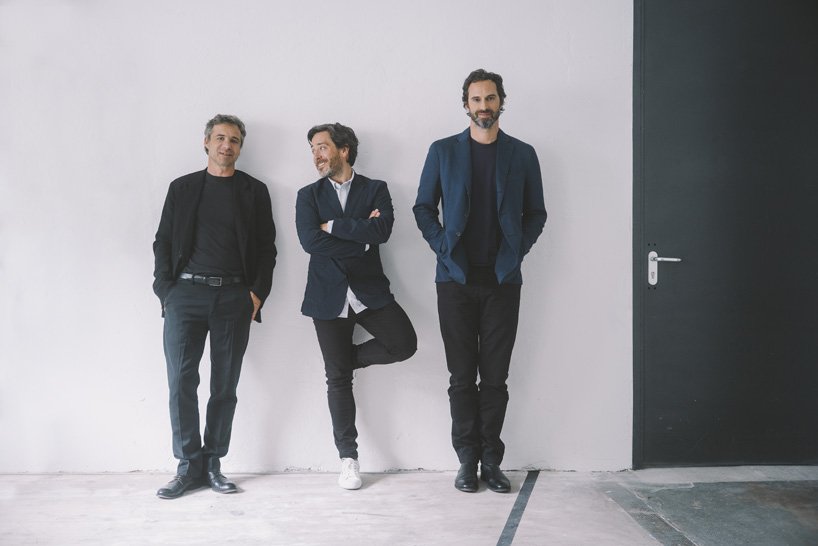
Solving the AXOR Panel problem and designing with purpose
In their pursuit of problem-solving, Barber Osgerby relies on keen observation and understanding of human behaviour. According to Edward: “We in our studio are not stylists, we are designers. Being curious and observing people and their behavioural patterns, whether it’s in the workplace or at home, drives us. These are the things that inform you about your next object to design. After all, at the heart of every endeavour lies a fundamental question: what is the point of this project?”
The company cautiously sways away from trends and delves deeper into a design based on relevance and an element of timelessness. Edward cites another example of AXOR One to illustrate this approach, “While the market trend leans toward incorporating various electronics with seemingly limitless utility options (hand shower, overhead shower and bath control, etc.), we discussed with the AXOR team our desire to simplify the design and add a familiar twist with the conventional, physical on/off click. And if you look at the final AXOR One collection, it is a holistic and elegant design,” explains Edward.
Furthermore, customisation plays a significant role in enhancing the user experience. Edward acknowledges how colour customisation adds a new dimension to the overall product appeal. “We’ve conducted extensive research to offer a range of colour and finish options. When you examine AXOR One in matte black and then in polished rose gold, it looks like a different product. The colour finish completely changes the identity of that product, moulding it to the liking of a different space, even though it is the exact same piece,” he explains.
From Study to Studio: Past, Present and Future
Jay and Edward’s journey from being students to establishing their studio was anything but conventional. After college, they initially operated out of Edward’s London apartment due to limited funds and the absence of grants. During this time, their team consisted of just one young designer.
With negligible experience in corporate hierarchy and setup, they encountered several hurdles in managing a growing studio. “We didn’t know how to run a studio until probably our fifth employee explained it to us. Gradually, we learnt to handle almost 100 people across three practices,” explains Edward with a laugh.
Today, their office has an organised structure, although they prefer not to have things excessively tidy. The London studio has designated areas for sewing, woodworking, and creating cardboard models. He continues, “I believe building models or prototyping in design is the essence of creativity. It provides a tangible sense of control. So in theory, by the time something is launched, you’re very happy with it because you’ve had the opportunity to modify, improve and make adjustments.”
“The team spends their days prototyping in different areas. It’s a bit messy, but it’s also a creative environment filled with energy and music. I guess in a way, it probably feels a bit like college, and that’s exactly how we like it!” Edward concludes with a grin.
